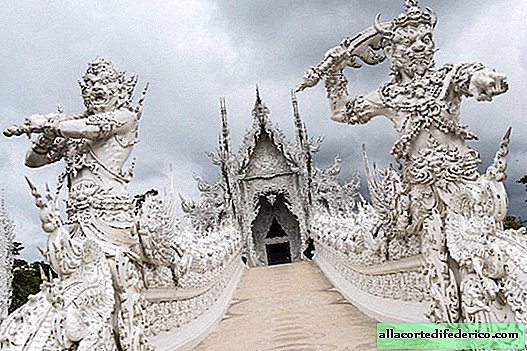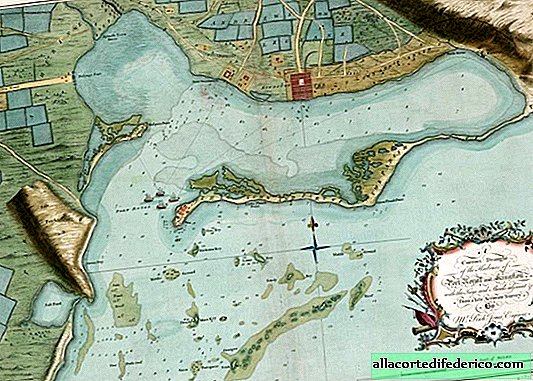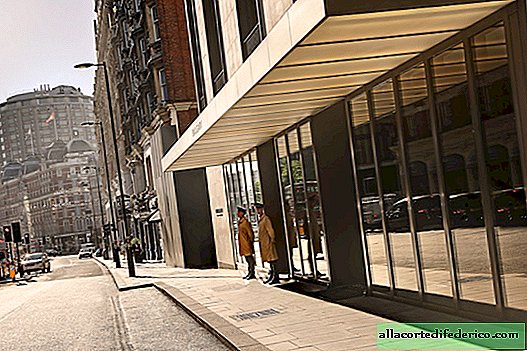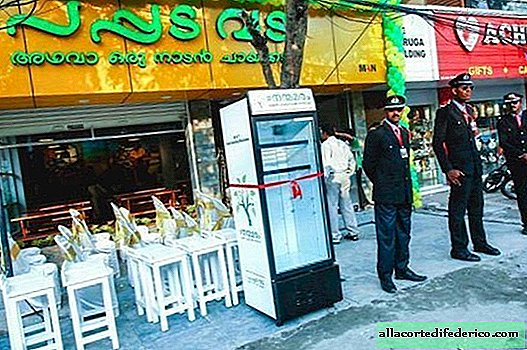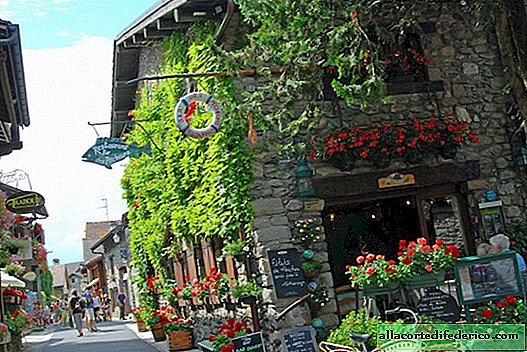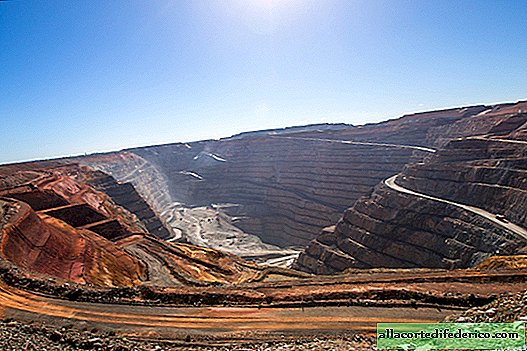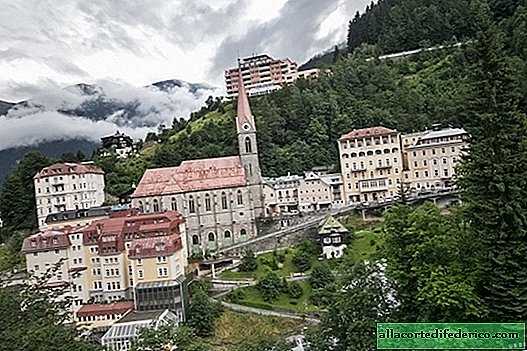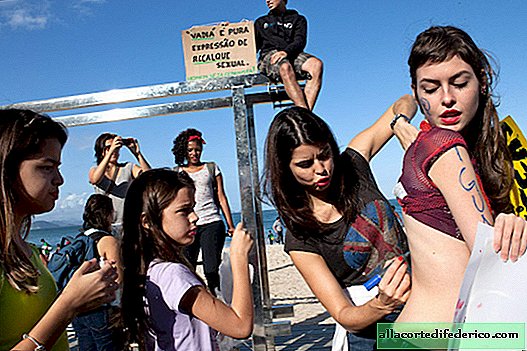Why the snow-white temple in Thailand is heaven and hell at the same time
Wat Rong Khun, better known as the White Temple of Thailand, was built for a very simple purpose. Its creator, Chalermchay Kositpipat, wanted to build the most beautiful temple in the world. Undoubtedly, the one who enters this temple leaves him with indelible impressions. There is simply no other such place on Earth!
First, on the way to the entrance, you find yourself among the countless sculptures of human hands, as if reaching out and striving to grab something. This hell is an endless pit of desires and human lust, according to the philosophy of Buddhism. As soon as you cross the bridge over the "hell", you will be met by statues of heavenly guards. Now there is no turning back, only forward. And in fact, if you tried to return, the guard working in the temple would start yelling at you. The symbolism of crossing the bridge from hell to heaven means the Buddhist path to enlightenment.
Inside the temple is full of modern cultural references interwoven with traditional Buddhist images. All of them are themselves works of art.
However, it is impossible to truly appreciate the history of this temple without shedding light on the fascinating life of its creator. Born in Chiang Rai, Chalermchai Kositpipat graduated from a traditional Thai art school. Despite the fact that his early works were temples and murals in the Thai Buddhist style, in Thailand his work is considered controversial because it combines modern cultural symbols and traditional Thai art. Throughout his life, he lived in Sri Lanka and in London, selling his works and organizing exhibitions in Europe and Asia.
When Chalermchay earned enough money to work on his own project, he returned to his hometown and decided to reconstruct the partially destroyed Wat Rong Khun.
In 2014, an earthquake, unfortunately, damaged the temple, and for some time Chalermchay even thought of abandoning the project. Fortunately, a team of engineers reported that the cataclysm did not cause significant damage to the temple. Thus, the architect not only continued to work on Wat Rong Khun, but also made it the work of his life.
